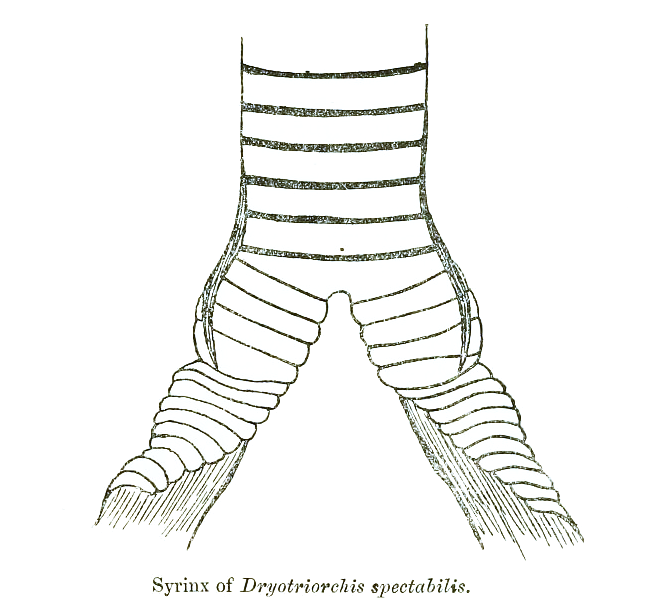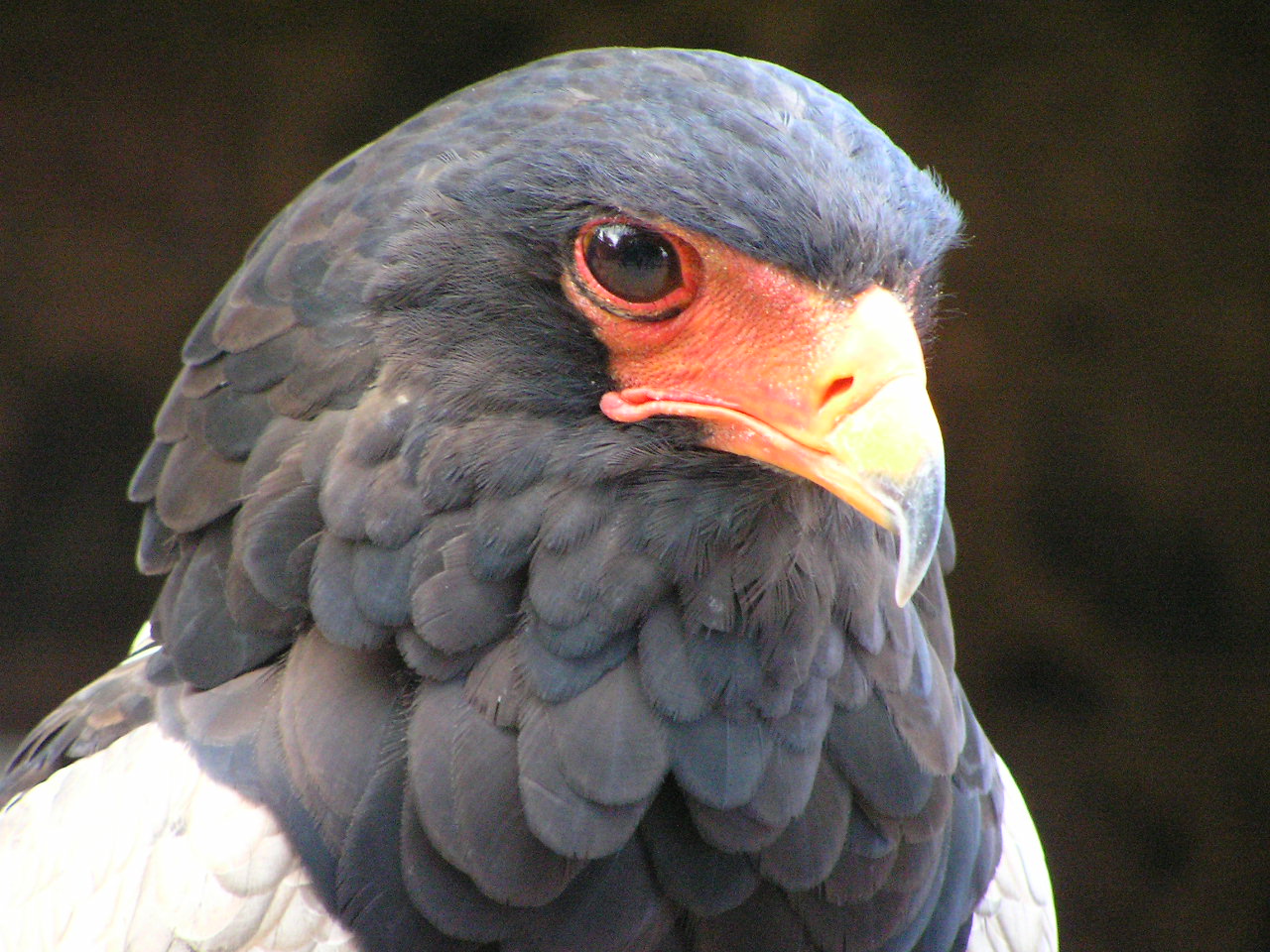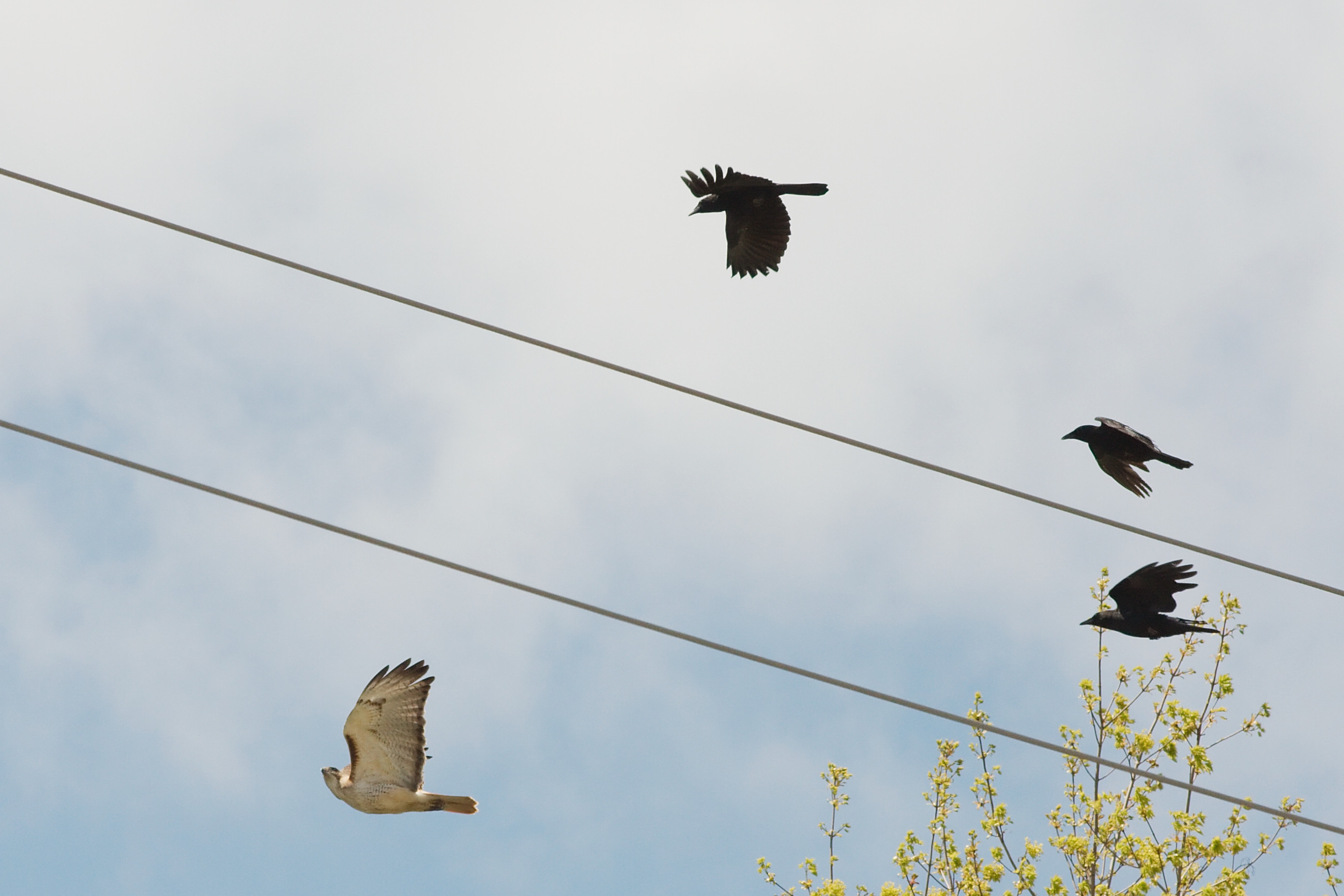|
Congo Serpent Eagle
The Congo serpent eagle (''Dryotriorchis spectabilis'') is a species of bird of prey in the family Accipitridae. It is the only member of the monotypic genus ''Dryotriorchis'', although it was formerly placed in ''Circaetus''. This species is distributed across the African tropical rainforest, including upper and lower Guinean forests. This serpent eagle specializes in hunting in these forests’ dark understories. It has two subspecies, the nominate subspecies ''Dryotriorchis spectabilis spectabilis'' and ''Dryotriorchis spectabilis batesi''. Though monotypic, it appears to be very closely related to ''Circaetus''. This hawk is a medium-sized bird with distinctive short, rounded wings and a long, rounded tail. It is varying shades of brown on its back and has a slight crest. Its breast is white with variable amounts of a rufous wash and, in the nominate subspecies, is covered in round, blackish spots. The subspecies ''D. s. batesi'' only has these dots on its flanks. The Congo ... [...More Info...] [...Related Items...] OR: [Wikipedia] [Google] [Baidu] |
George Ernest Shelley
Captain George Ernest Shelley (15 May 1840 – 29 November 1910) was an English geologist and ornithologist. He was a nephew of the poet Percy Bysshe Shelley. Shelley was educated at the Lycée de Versailles and served a few years in the Grenadier Guards "Shamed be whoever thinks ill of it." , colors = , colors_label = , march = Slow: " Scipio" , mascot = , equipment = , equipment .... His books included ''A Monograph of the Cinnyridae, or Family of Sun Birds'' (1878), ''A Handbook to the Birds of Egypt'' (1872) and ''The Birds of Africa'' (5 volumes, 1896–1912) illustrated by J. G. Keulemans. (with bibliography of publications by G. E. Shelley) References External links * Illustrations appearing in Handbook to the Birds of Egypt 1840 births 1910 deaths English geologists English ornithologists Grenadier Guards officers Place of birth missing ... [...More Info...] [...Related Items...] OR: [Wikipedia] [Google] [Baidu] |
Terathopius
The bateleur (; ''Terathopius ecaudatus'') is a medium-sized eagle in the family Accipitridae. It is often considered a relative of the snake eagles and, like them, it is classified within the subfamily Circaetinae.Kemp, A. C., G. M. Kirwan, and D. A. Christie (2020). ''Bateleur (Terathopius ecaudatus)'', version 1.0. In Birds of the World (J. del Hoyo, A. Elliott, J. Sargatal, D. A. Christie, and E. de Juana, Editors). Cornell Lab of Ornithology, Ithaca, NY, USA. It is the only member of the genus ''Terathopius'' and may be the origin of the "Zimbabwe Bird", the national emblem of Zimbabwe. Adult bateleurs are generally black in colour with a chestnut colour on the mantle as well as also on the rump and tail. Adults also have gray patches about the leading edges of the wings (extending to the secondaries in females) with bright red on their cere and their feet. Adults also show white greater coverts, contrasting with black remiges in males, gray patches on the underwing primarie ... [...More Info...] [...Related Items...] OR: [Wikipedia] [Google] [Baidu] |
Turaco
The turacos make up the bird family Musophagidae ( "banana-eaters"), which includes plantain-eaters and go-away-birds. In southern Africa both turacos and go-away-birds are commonly known as loeries. They are semi-zygodactylous: the fourth (outer) toe can be switched back and forth. The second and third toes, which always point forward, are conjoined in some species. Musophagids often have prominent crests and long tails; the turacos are noted for peculiar and unique pigments giving them their bright green and red feathers. Traditionally, this group has been allied with the cuckoos in the order Cuculiformes, but the Sibley-Ahlquist taxonomy raises this group to a full order Musophagiformes. They have been proposed to link the hoatzin to the other living birds, but this was later disputed. Recent genetic analyses have strongly supported the order ranking of Musophagiformes. Musophagidae is one of very few bird families endemic to Africa, one other being the mousebirds, ... [...More Info...] [...Related Items...] OR: [Wikipedia] [Google] [Baidu] |
Beak
The beak, bill, or rostrum is an external anatomical structure found mostly in birds, but also in turtles, non-avian dinosaurs and a few mammals. A beak is used for eating, preening, manipulating objects, killing prey, fighting, probing for food, courtship, and feeding young. The terms ''beak'' and ''rostrum'' are also used to refer to a similar mouth part in some ornithischians, pterosaurs, cetaceans, dicynodonts, anuran tadpoles, monotremes (i.e. echidnas and platypuses, which have a beak-like structure), sirens, pufferfish, billfishes and cephalopods. Although beaks vary significantly in size, shape, color and texture, they share a similar underlying structure. Two bony projections – the upper and lower mandibles – are covered with a thin keratinized layer of epidermis known as the rhamphotheca. In most species, two holes called ''nares'' lead to the respiratory system. Etymology Although the word "beak" was, in the past, generally restricted to the sharpened bills o ... [...More Info...] [...Related Items...] OR: [Wikipedia] [Google] [Baidu] |
Mobbing (animal Behavior)
Mobbing in animals is an antipredator adaptation in which individuals of prey species mob a predator by cooperatively attacking or harassing it, usually to protect their offspring. A simple definition of mobbing is an assemblage of individuals around a potentially dangerous predator. This is most frequently seen in birds, though it is also known to occur in many other animals such as the meerkat and some bovines. While mobbing has evolved independently in many species, it only tends to be present in those whose young are frequently preyed upon. This behavior may complement cryptic adaptations in the offspring themselves, such as camouflage and hiding. Mobbing calls may be used to summon nearby individuals to cooperate in the attack. Konrad Lorenz, in his book ''On Aggression'' (1966), attributed mobbing among birds and animals to instincts rooted in the Darwinian struggle to survive. In his view, humans are subject to similar innate impulses but capable of bringing them under ... [...More Info...] [...Related Items...] OR: [Wikipedia] [Google] [Baidu] |
International Ornithologists' Union
The International Ornithologists' Union, formerly known as the International Ornithological Committee, is a group of about 200 international ornithologists, and is responsible for the International Ornithological Congress and other international ornithological activities, undertaken by its standing committees. International Ornithological Congress The International Ornithological Congress series forms the oldest and largest international series of meetings of ornithologists. It is organised by the International Ornithologists' Union. The first meeting was in 1884; subsequent meetings were irregular until 1926 since when meetings have been held every four years, except for two missed meetings during and in the immediate aftermath of the Second World War. Meetings See also * '' Birds of the World: Recommended English Names'', a book written by Frank Gill Frank Gill may refer to: * Frank Gill (Australian footballer) (1908–1970), Australian rules footballer with Carlton * Fran ... [...More Info...] [...Related Items...] OR: [Wikipedia] [Google] [Baidu] |
Paraphyly
In taxonomy, a group is paraphyletic if it consists of the group's last common ancestor and most of its descendants, excluding a few monophyletic subgroups. The group is said to be paraphyletic ''with respect to'' the excluded subgroups. In contrast, a monophyletic group (a clade) includes a common ancestor and ''all'' of its descendants. The terms are commonly used in phylogenetics (a subfield of biology) and in the tree model of historical linguistics. Paraphyletic groups are identified by a combination of synapomorphies and symplesiomorphies. If many subgroups are missing from the named group, it is said to be polyparaphyletic. The term was coined by Willi Hennig to apply to well-known taxa like Reptilia ( reptiles) which, as commonly named and traditionally defined, is paraphyletic with respect to mammals and birds. Reptilia contains the last common ancestor of reptiles and all descendants of that ancestor, including all extant reptiles as well as the extinct synapsids, ... [...More Info...] [...Related Items...] OR: [Wikipedia] [Google] [Baidu] |
George Latimer Bates
George Latimer Bates (March 21, 1863, Abingdon, Illinois US – January 31, 1940 Chelmsford UK), LL.D., M.B.O.U. was an American naturalist. Bates studied at Knox College, Galesburg and at the Chicago Theological Seminary and in 1895 visited West Africa and lived in the south east Cameroon, making a living by farming. He collected natural history specimens in his travels and sent many of these to the Natural History Museum in London. In 1928 Bates moved to England and wrote a ''Handbook on the Birds of West Africa'' (1930). He learned Arabic and visited Arabia in 1934 and studied the ornithology of Arabia. He was unable to publish the work but wrote several papers on Arabian birds for the ''Ibis''. His unpublished manuscript on the ''Birds of Arabia'' was later used by Richard Meinertzhagen. Legacy A species of African snake, ''Rhamnophis batesii'', is named in his honor,Beolens, Bo; Watkins, Michael; Grayson, Michael (2011). ''The Eponym Dictionary of Reptiles''. Baltimore: J ... [...More Info...] [...Related Items...] OR: [Wikipedia] [Google] [Baidu] |
Richard Bowdler Sharpe
Richard Bowdler Sharpe (22 November 1847 – 25 December 1909) was an English zoologist and ornithologist who worked as curator of the bird collection at the British Museum of natural history. In the course of his career he published several monographs on bird groups and produced a multi-volume catalogue of the specimens in the collection of the museum. He described many new species of bird and also has had species named in his honour by other ornithologists including Sharpe's longclaw (''Macronyx sharpei'') and Sharpe's starling (''Poeoptera sharpii''). Biography Richard was born in London, the first son of Thomas Bowdler Sharpe. His grandfather, Reverend Lancelot Sharpe was Rector of All Hallows Staining. His father was a publisher on Skinner Street and was best known for being the publisher of ''Sharpe's London Magazine'', an illustrated periodical (weekly but monthly from 1847). His care from the age of six was under an aunt, Magdalen Wallace, widow of the headmaster at Gramm ... [...More Info...] [...Related Items...] OR: [Wikipedia] [Google] [Baidu] |
Subspecies
In biological classification, subspecies is a rank below species, used for populations that live in different areas and vary in size, shape, or other physical characteristics (morphology), but that can successfully interbreed. Not all species have subspecies, but for those that do there must be at least two. Subspecies is abbreviated subsp. or ssp. and the singular and plural forms are the same ("the subspecies is" or "the subspecies are"). In zoology, under the International Code of Zoological Nomenclature, the subspecies is the only taxonomic rank below that of species that can receive a name. In botany and mycology, under the International Code of Nomenclature for algae, fungi, and plants, other infraspecific ranks, such as variety, may be named. In bacteriology and virology, under standard bacterial nomenclature and virus nomenclature, there are recommendations but not strict requirements for recognizing other important infraspecific ranks. A taxonomist decides whether ... [...More Info...] [...Related Items...] OR: [Wikipedia] [Google] [Baidu] |





